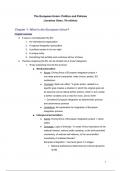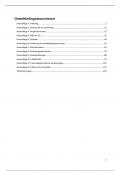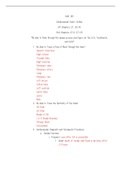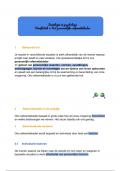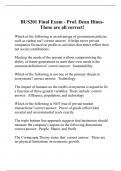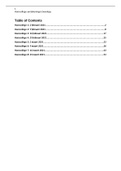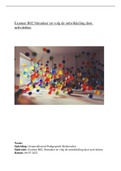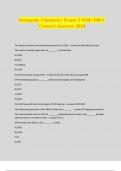Samenvatting
Samenvatting The European Union - European Politics (S0A48C)
- Vak
- Instelling
- Boek
Dit is een samenvatting van het boek the European Union: Politics and policies (7th edition) door Jonathan Olsen. Dit boek wordt gebruikt voor het onderdeel Institutions and policy of the European Union van het vak European Politics. Dit vak wordt gegeven aan zowel het eerste als het tweede jaar po...
[Meer zien]
